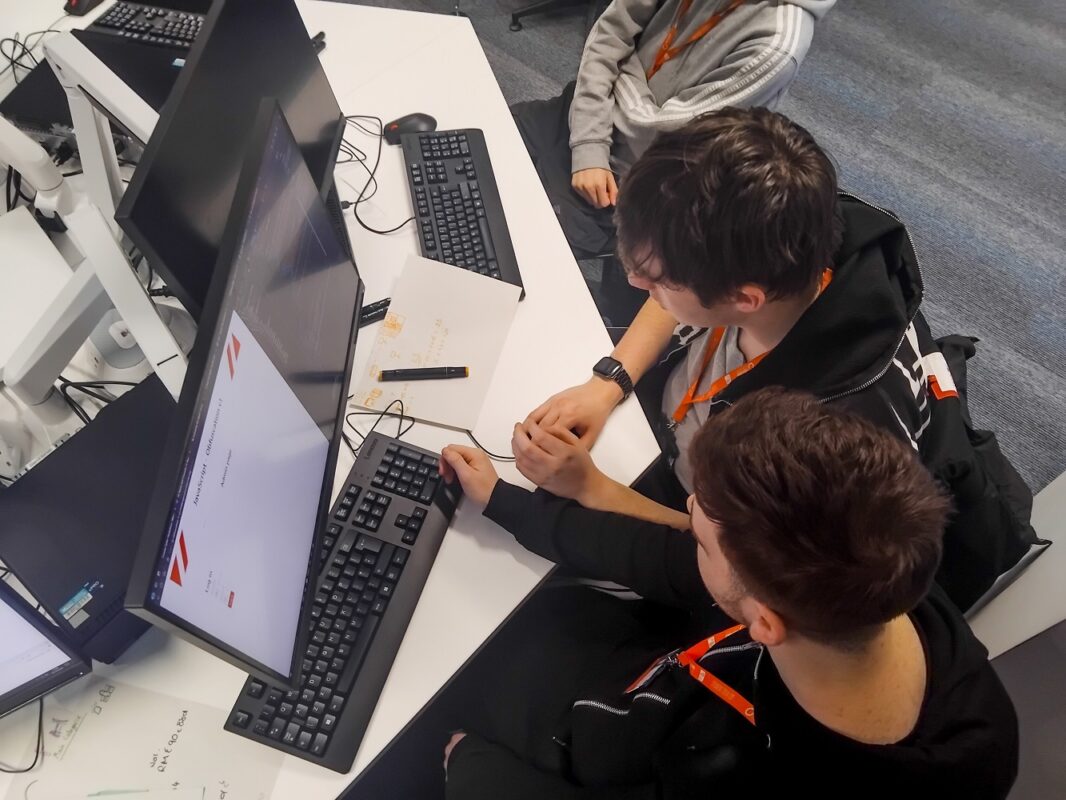Samaritans launch new online resources on Safer Internet Day

On Safer Internet Day [Tuesday 9 February 2021], @samaritans publishes online resources to support those who are writing online about self-harm or suicide, whether it’s from a personal viewpoint or shedding light on this sensitive topic.
The online tools cover practical guidance on how to support someone online, how to flag content that causes concern and offers guidance on finding supportive communities to share personal experiences safely.
The new resources were co-developed, as part of Samaritans online suicide prevention work, with a focus group of young people aged between 18-25 years old, who have personal experience of self-harm or suicide, or have supported someone who has been through these experiences. During a series of workshops, each participant shared their own knowledge and expertise to help create the online tools.
Lydia Grace, Samaritans Policy and Research Programme Manager for Online Harms said:
“Thanks to the young people we were able to create bespoke resources, tailored precisely to the needs of the audience we created them for.
“We know the online environment can provide a vital source of support for individuals experiencing self-harm and suicidal feelings but it also creates opportunities to access potentially harmful and triggering content. It’s therefore essential that young people have the tools they need to stay safe online and access the benefits of the internet, whilst minimising potential for harm.
“We’re enormously grateful to the group who shared their first-hand experience of this topic area and essentially co-designed the tools we’re launching for Safer Internet Day. Importantly, it’s not about one day, it’s about keeping safe and protecting ourselves and others every time we go online.”
Samaritans online resources also encourage supportive content and positive stories about people overcoming a crisis. The charity has found focusing on how someone has recovered can encourage vulnerable people to seek help and is associated with fewer suicides.
The tools come at time when ONS statistics on suicide show a continued increase in suicide rates among young people. This is coupled with the fact that young people who self-harm are amongst the groups the charity is particularly worried about in terms of coping with the pandemic.
Furthermore, research undertaken by Samaritans and the University of Bristol* found at least a quarter of patients who had self-harmed with high suicidal intent, had used the internet in connection with their self-harm. Likewise, a national inquiry into suicides by young people found there was suicide-related internet use in nearly half of suicides by young people every year. **
Over the coming months Samaritans will be further developing its campaign work around staying safe online. The collaborative work, with the co-designers on this set of online tools, will continue as the charity sets out to develop further resources for parents, schools and clinicians.
* Biddle L, Derges J, Gunnell D, Stace S, Morrissey J, (2016) Priorities for suicide prevention: balancing the risks and opportunities of internet use, University of Bristol/Samaritans
** NCISH (2016) Suicide by children & young people in England, http://research.bmh.manchester.ac.uk/cmhs/research/centreforsuicideprevention/nci/reports/cyp_report.pdf











Responses